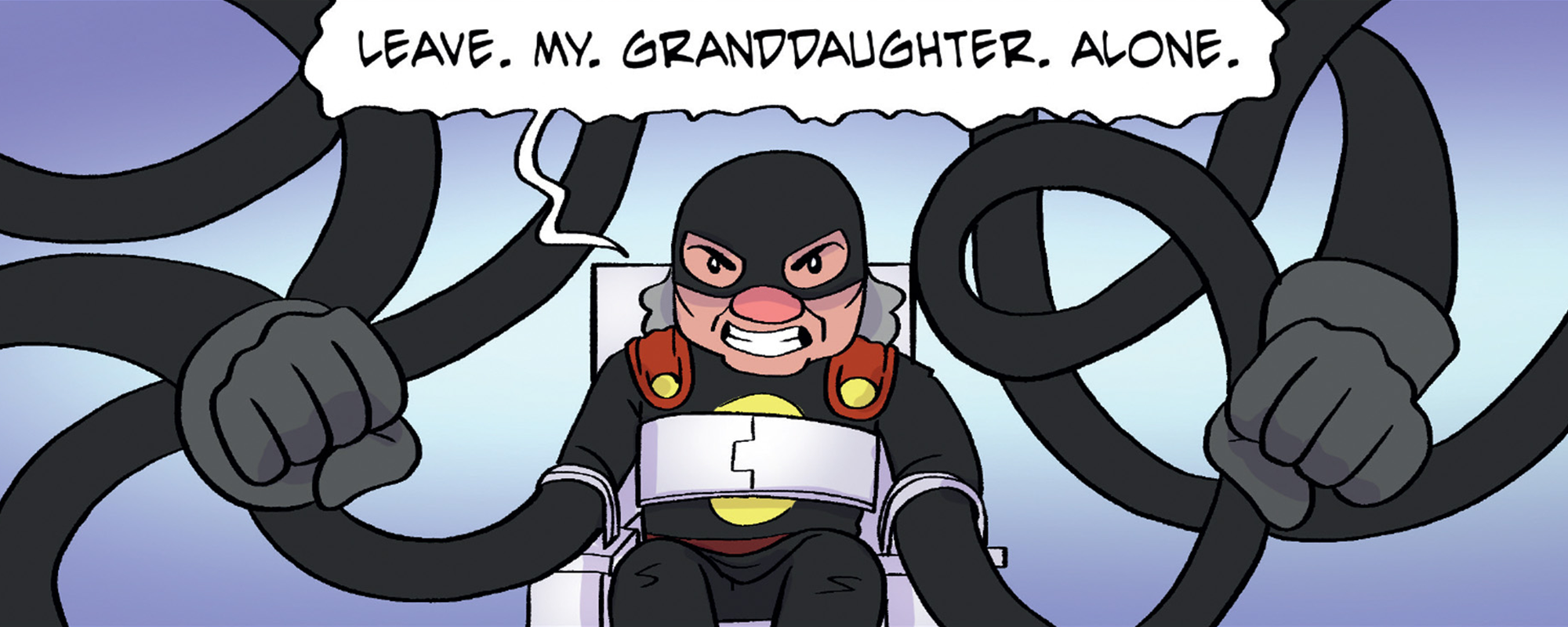Youth is a time of many things: learning, growth, experimentation, and self-actualisation. It’s the period of our lives when our imaginations are most unrestrained. Remember that crazy idea you shelved away because it felt just a little too far fetched? Time to dust it off because maker culture is all about nurturing that spark, and creating something tangible from it!
If we had to describe maker culture in a sentence, it would probably be something like this: The world is what you create and make of it. Be it the arts or sciences, or whether the technology is digital or physical, as long as the process includes learning and creating, you’re a Maker!
Making is not a new concept. From our ancestors to modern-day scientists, tinkering and innovation has always been an inherent part of the human experience. However, the introduction of test-based systems has pivoted the typical student away from creative, self-driven explorations.
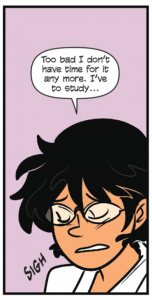
Education should not be at the cost of creativity and self-learning.
Now more than ever, teaching models need to match what students need to know and how they learn, keeping in mind how syllabuses are taught. This is where Maker education comes into play (literally).
Built on the foundation that learning is best done through doing, Maker education is especially useful for STEAM topics where ideas can be abstract. By having a physical item to ground these concepts, students are able to use the object as an anchor to further their understanding through physical interaction and experimentation.
Here are some benefits of how the project-based learning nature of Maker education can be useful when paired with traditional classroom learning!
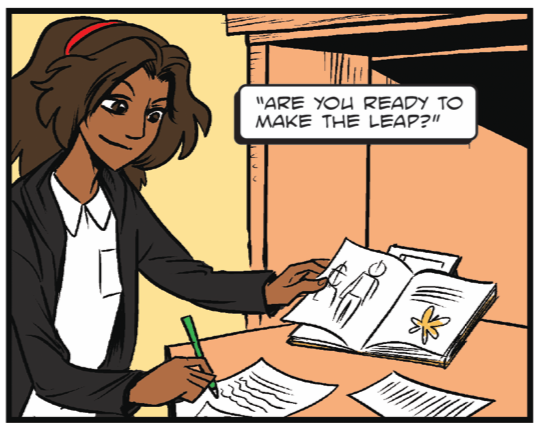
Agentive learning encourages students to take an active approach to problem solving.
Creating active problem solvers from passive observers
In a typical classroom, the teacher actively imparts knowledge to students. Students then memorise the information, and proceed to apply said knowledge to framed problems. Because these questions are set within the scope of information being taught, there exists a gap in learning: Students have little incentive to investigate problems and learn beyond their comfort zones.
Conversely, the foundation of Maker education aims to promote a non-linear, iteration form of problem solving through creativity and critical thinking. Presented with problems that have less defined boundaries, students are given the freedom to explore, and to focus on solutions most important and meaningful to them.
Perhaps a child is curious about gravity after watching the SpaceX rocket launch. Or maybe a student wants to do a project on how fridges work after a class on thermodynamics. By giving students the choice to examine concepts and ideas with real-world applications that matter to them, we can encourage them to build on core concepts beyond their textbooks through creativity and critical thinking.
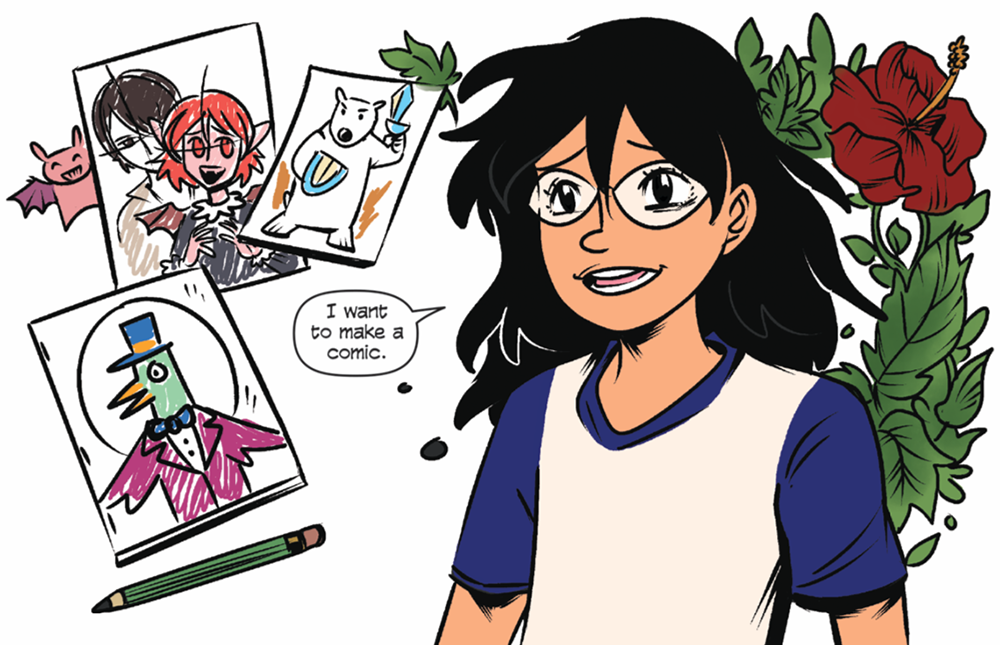
Creating projects that include agency, authenticity, and audience can promote higher levels of motivation and engagement from students.
Empowerment through self-directed learning
Agency – the ability for someone to make their own choices – is the foundation of Maker education. When students are able to define their learning objectives, they end up bringing unique experiences and different goals to the table. Therefore, even in standardised projects, no two learning experiences are identical – each student can grow at the pace and scope they are most comfortable with.
As students make these projects their own, it becomes easier for them to find genuine meaning in their work. Let us take for example a student-led invention of a child-friend prosthetic: During the process, students are able to attach real world meaning to textbook concepts, and when they finally see their prosthetic help those in need, develop an emotional connection with their invention as well.
When students start to consider how their inventions – no matter how trivial they seem – can interact with, affect, and impact the real world, they become more committed in securing the success of the project and seeing it through. Moreover, students no longer treat these projects as routine classroom exercises, and instead learn to empathise with the intended audience of their creations.
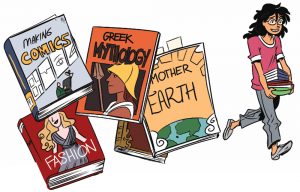
Making promotes interdisciplinary learning to create robust solutions to complex problems.
Promoting multidisciplinary thinking
In traditional education, subjects are treated independently, and taught separately. However, problems in reality rarely follow such distinct divisions. This is the gap that Maker education fills: It teaches students to view problems not just in isolation, but as parts of a larger, interconnected system.
This bridging of subject lines is why Maker education is especially effective for STEAM subjects. When students engage in making, in order to create a solution that is sound in both creation and application, they are encouraged to draw from a mixture of subjects and concepts during the iterative and refining process.
This interweaving of subjects and disciplines in Maker education also introduces students to different perspectives. In a complex world, possessing knowledge of one particular topic is insufficient. Maker education offers a natural, accessible way of introducing interdisciplinary studies to students, thereafter preparing them for the challenges of the wider world.
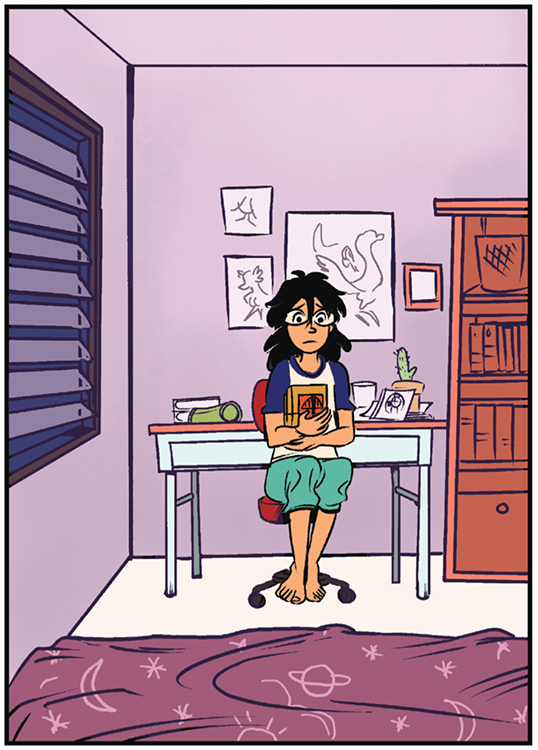
The freedom for students to set their own goals can help redefine “failure” as a positive aspect of the learning process instead of being something to fear.
Growth-oriented pursuits
The freedom of choice is the soul of making. One of the founding members of the global Maker Movement, Dale Dougherty, summarises the Maker Mindset as “a growth mindset that encourages students to believe they can do anything”.
Failure is inescapable, and making teaches students to remove the stigma associated with the dreaded F-word. When students embark on maker projects, they have the independence to set their own goal posts. Growth and success are no longer defined against others – they instead become measurements between their past and present selves.
The emphasis on the development of skills over existing abilities builds confidence, and from that confidence, a willingness to tolerate risk and failure. As long as a student walks away with a richer vault of knowledge, and a stronger understanding of concepts involved, they have grown, and have therefore succeeded.
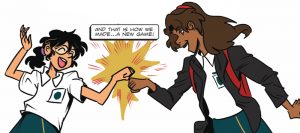
Maker education can help foster collaborative learning efforts by supporting sharing of information and ideas.
Encouraging collaboration over competition
Another result of encouraging self-growth in Maker education is the removal of competition from the environment. Structured to mimic an informal learning community, learning no longer becomes an isolated process – youths are encouraged to work together, gather knowledge as a group, seek feedback, and share experiences.
This sense of community can also help students gain confidence and provide access to subjects they may typically not have access to. In making, students are taught that traditional boundaries of expertise should be fluid, not divisive – as long as they wish to learn, they should be allowed to look for subject experts to nurture that passion.
In addition, because of the nature of project-based learning, challenges are typically structured to stretch beyond any individual’s ability to solve on their own. Even a task as uncomplicated as building a website requires multiple skills: In its most basic form, you will need a coder, a designer, a copywriter – all of which are skills drawn from very different disciplines without major overlaps.

By bringing in context to students’ learning experiences, Maker education can help even out social inequalities present in traditional education.
Learning space of equity and inclusion
In an ideal world, education is an equitable social process. Unfortunately, due to existing barriers and discrimination, not every student is given the same opportunity to learn and excel. If every student is assessed on a fixed scale regardless of race, gender, family background, or location, it can further worsen existing inequalities.
Standardised testing ignores one crucial aspect of students’ lives: context. On the contrary, when learning is conducted through hands-on projects, context is preserved: Inexperienced students can build confidence and knowledge foundations without fear of holding their peers back, while those familiar with the concepts can advance without disadvantaging the rest of the group. The result is an inclusive environment that caters to students with different capacities and learning styles.
Studies have shown that a sense of belonging can motivate marginalised groups of students to consider further education and careers in STEAM fields. The sandbox nature of Maker education can create spaces where students are able to include their cultures, history, and communities in their learning process. In turn, this can reshape students’ associations with math and science – instead of feeling like outsiders, over time, students will hopefully see themselves as natural practitioners of these disciplines.

The world is what you make of it!
Learning can be fun: Maker education is about bringing that fun back into classrooms. Making reminds students education is not a static process – creativity and self-driven problem solving should feature just as prominently in their journey. After all, the world is what you want to make of it!
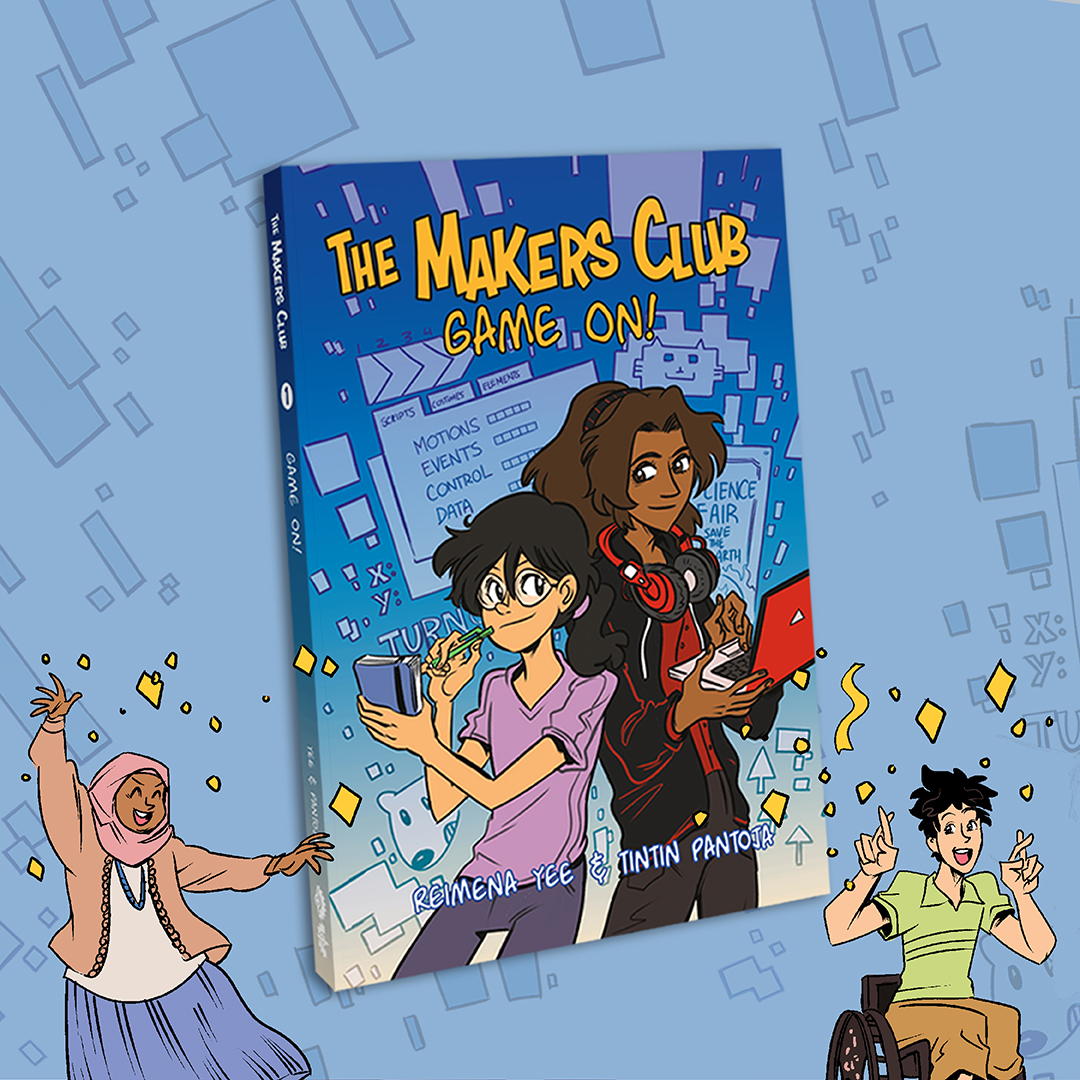
The Makers Club: Game On! (Book 1)
To see how Maker education can feature in a Southeast Asian classroom, The Makers Club: Game On! offers a glimpse into the journeys aspiring young makers can have when equipped with the necessary tools and environment to take ownership of their learning. The narrative thread is a hopeful one that sees characters Nadia and Priya foster a friendship as they build on their respective interests to explore larger concepts in STEAM disciplines, and later using that as a springboard to equalise any social inequalities beyond their control.
The Makers Club series aims to offer a world picture of possibilities where learning through making can be exciting and self-driven while still being relevant to traditional curriculum. In following the characters on their route to self-actualisation, perhaps we can inspire more youths to take control of their learning, and recapture the magic of play and knowledge discovery.
This blog post is a primer for our upcoming series of Do-It-Yourself activity sheets that aim to offer youths a simple, accessible way to experience making. Follow us on our socials to keep updated on when they are released!

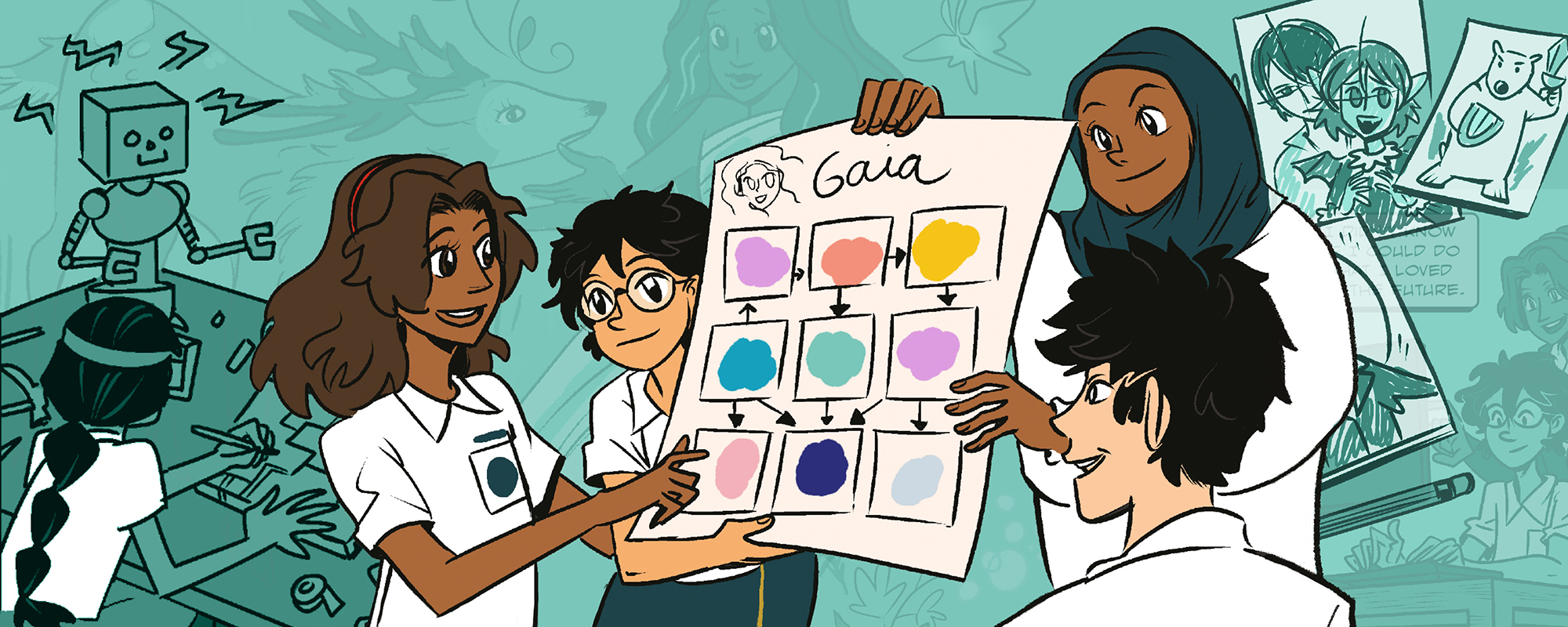
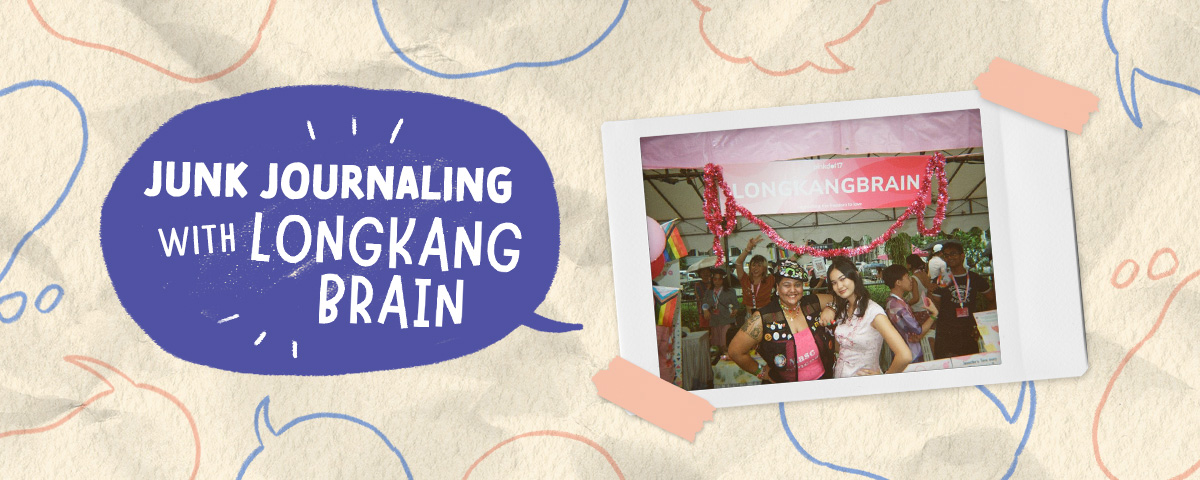

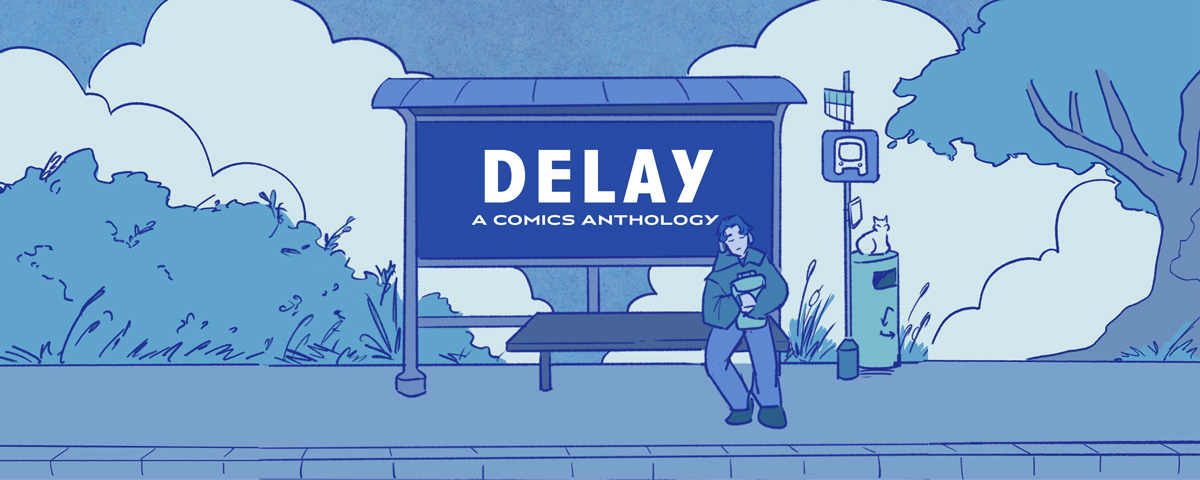
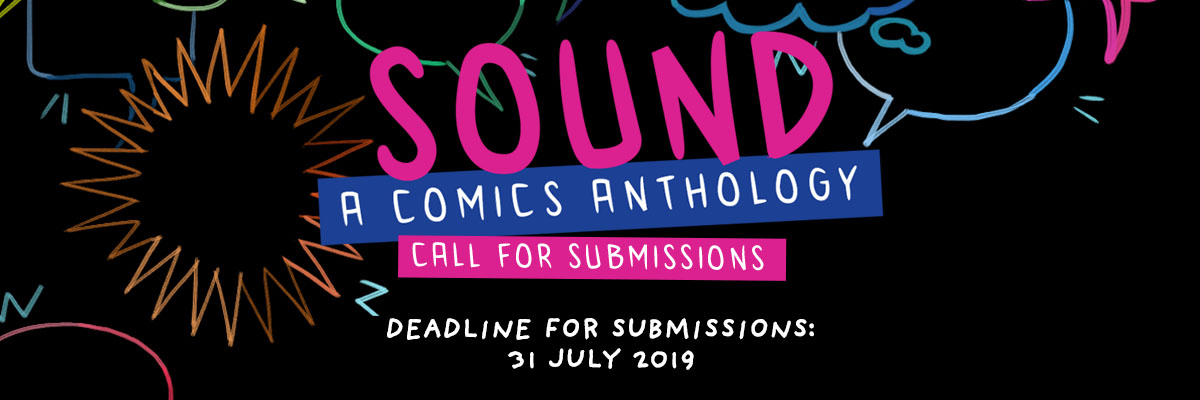
![[PRESS RELEASE] It’s (Not Always) Fine: New Graphic Medicine Anthology “How Are You Feeling?” Centres Lived Experiences](https://differenceengine.sg/wp-content/uploads/2025/07/blog-banner.jpg)
![[PRESS RELEASE] Marked by History? Leave a Scar: Difference Engine Launches “Tiger Girls” as Its Debut Webcomic](https://differenceengine.sg/wp-content/uploads/2024/07/Episode-Preview-Default.png)
